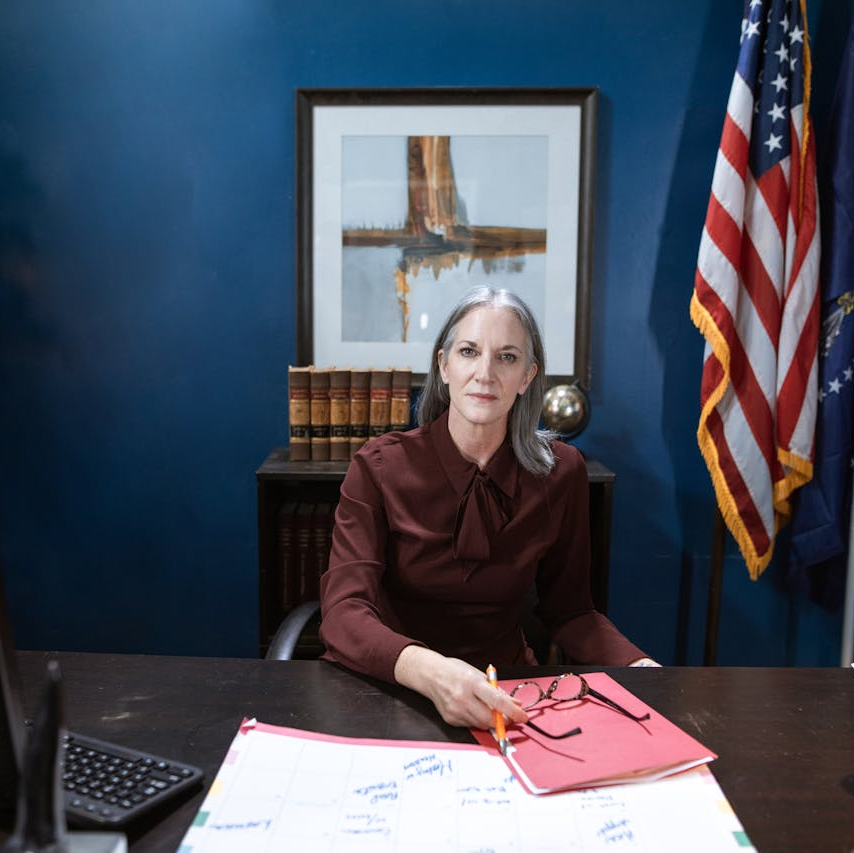[vc_row][vc_column width=”2/3″ el_class=”section section1″][vc_column_text]Children who suffer the loss of one or both parents can receive annuity benefits up to age 18, but children enrolled full-time in higher education are permitted to these benefits until they turn 22 years old.
However, there is yet another situation where these benefits can continue past these cutoffs. If a child has suffered a physical or mental disability before 18, is not married and cannot support themselves, the benefits can continue until they no longer meet the requirements (if ever).
For a disabled child to qualify for this benefit, the OPM must be provided with the following information about the child:
-Residence
-Education
-Employment
The doctor, your child, sees must also provide information documenting the medical condition.
- Also Read: New Rules for Federal Employees in 2025: What You Need to Know to Stay Ahead
- Also Read: Seven TSP Fund Allocation Strategies Federal Employees Are Using to Strengthen Their Retirement Portfolios
- Also Read: Military Buyback for Federal Employees: Is It Really Worth It? Here’s What You Need to Weigh Up
Their monthly benefits are similar to the FERS and CSRS programs, and the same for disability-based or standard benefits. Therefore, a child with one living parent married to an employee or retiree will receive a monthly benefit of $537 up to $1,611 a month divided by the number of children.
If both parents are dead, the child receives $644 a month up to $1,932 divided by the number of children. Cost of living adjustments will increase these numbers each year.
Special Note: Children of FERS or CSRS Offset employees/retirees will get a reduced benefit by the amount the SSA pays to them.
[/vc_column_text][/vc_column][vc_column width=”1/3″][vc_single_image image=”37206″ img_size=”292×285″ style=”vc_box_shadow”][/vc_column][/vc_row]









